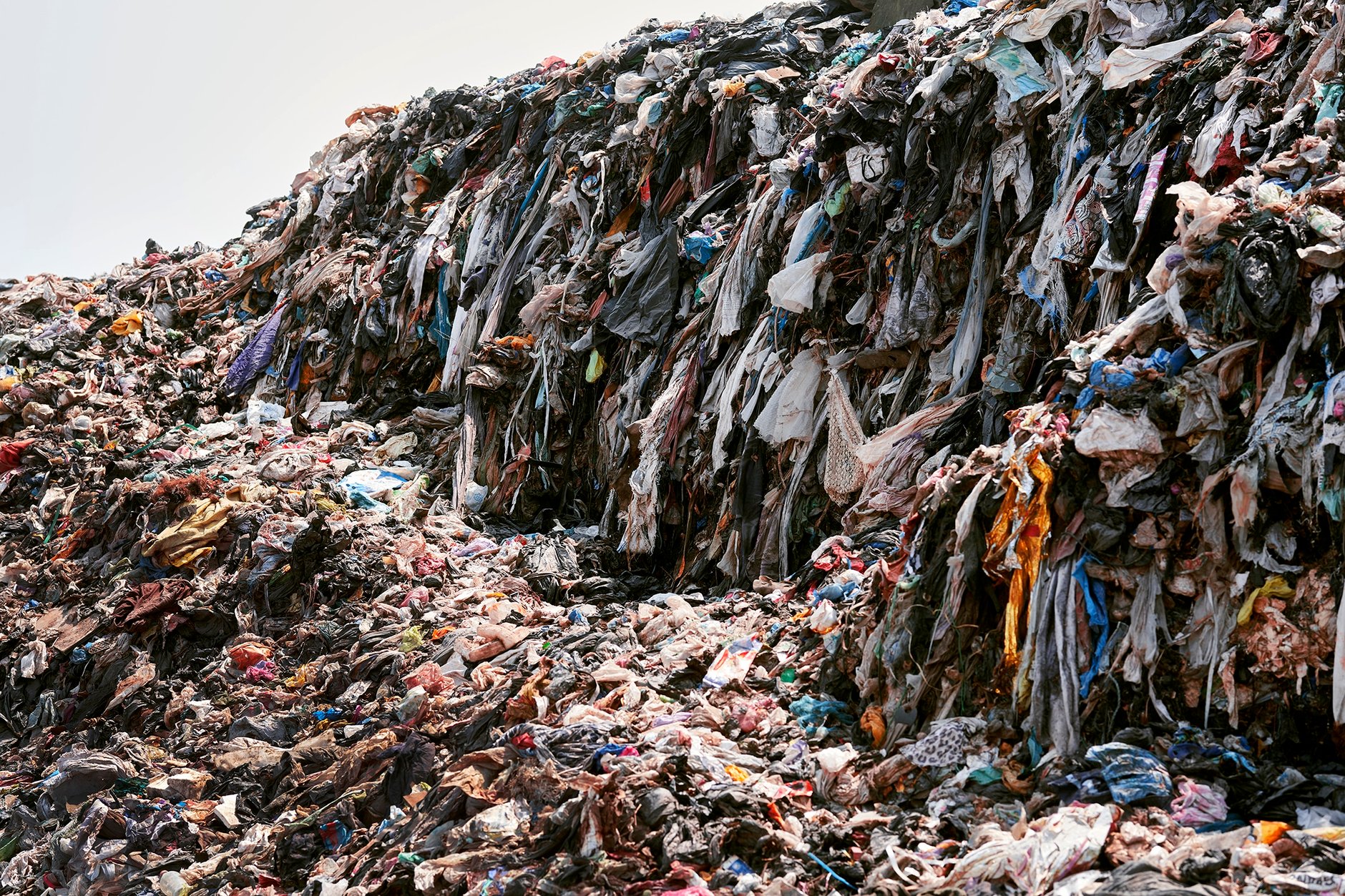STOCKHOLM, Sweden (CN) — In January, investigative journalists from the Swedish paper Aftonbladet attached trackers to 10 clothing items from H&M, the Swedish fast-fashion giant.
The journalists wanted to see where the clothes would end up. They also wanted to dig deeper into the company's promises to limit textile waste, summarized by the company's motto "Let's close the loop." H&M started its current Garment Collecting program in 2013, encouraging customers to take their unwanted items to stores, ostensibly so the clothes can be reworn, reused or recycled. In 2020 alone, the company collected over 18,000 tons of clothes and textiles.
Now, though, Aftonbladet has revealed that collected garments are likely to end up not as useful second-hand items, but as waste in other parts of the world. As the journalists tracked the tagged clothes, they ultimately found them stranded in places like northern India and Benin.
The journalists also used customs data to show how H&M’s partners in Germany have shipped 1 million items to Ghana since the beginning of the year. The ten tagged items traveled thousands of kilometers around the world, merely to end up in far-flung local markets where there is little infrastructure to handle them.
In an interview after the news broke, Cecilia Strömblad Brännsten, H&M’s head of resource use and circularity, said there is a need for “clearer legislation and stronger regulations to prevent waste being sent to countries where recycling systems do not exist.”
Still, for those with knowledge of the industry, it was hardly surprising to see Nordic clothes end up as trash in distant countries rather than useful "donations."
H&M's environmental pledges are "first and foremost a sales and greenwashing strategy," said Laura Lava, a Danish clothing expert and former designer.
"Closing the loop is in practice impossible, as the industry will never be able to successfully reuse all textile materials," Lava said, evoking H&M's eco-friendly motto.
Even when textiles are actually recycled, the fibers are "in too bad a quality" for re-use, Lava said. In Denmark alone, she estimates around 670 tons of brand-new clothes are burned on a yearly basis.
As Lava sees it, there's only one real solution to prevent global clothing waste: Companies like H&M should make fewer products to begin with.
"We have been able to hide this extreme overproduction because worn-out clothes end up in landfills abroad," Lava added. Without reforms, she said, "the textile industry will continue to pollute third world countries."
In February, the European Environment Agency published a report showing the amount of textiles exported from Europe has tripled since 2000. The agency called the industry "the fourth-highest source of pressure on the environment and climate change" and warned that clothing donations are not the form of recycling and charity that many in the public may believe them to be.

Danish photographer Søren Zeuth, who specializes in stories on clothing waste abroad, has seen first-hand how clothing waste is shuffled from Scandinavia and Europe to the Global South — as well as the damage the waste can do once it's out-of-sight for consumers.
In January, he traveled to Ghana, where he found a six-kilometer-long landfill located next to a river. When the rainy season sets in, discarded t-shirts, jeans and dresses either drift off into the ocean or get stranded on sandbanks. Eventually, the textile fibers dissolve and toxins like PVC plastic leech into the water, Zeuth said.
“In Denmark, we collect recycled clothes in good faith, thinking it can benefit poor people in Africa," Zeuth said. "In reality, 40 percent of it is completely useless garbage, with holes, stains or a design that is not suitable for the local climate.”
Zeuth estimates Nordic countries send around 100,000 tons of clothes to the Global South on a yearly basis. Over recent decades, he's also watched as clothing production has shifted abroad — first to Southern European countries like Turkey and Portugal and ultimately to Asian countries like Bangladesh where the living wages and salaries are comparatively lower.
“In Bangladesh, women work 10 to 12 hours a day, six days a week for an hourly salary that is lower than the UN-set minimum standard," he said. "We are talking below the poverty line — only so that the textile industry can produce fast collections at low costs."
The European Commission’s 2023 strategy for textiles aims to cut down on fast fashion, increase requirements for the quality of fibers and introduce more producer responsibility. In the meantime, Zeuth is appalled by the way cheap clothing is produced halfway across the globe in cheap sweatshops, only to return as trash a few short years later.
Picture the recursive symbol of recycling — but instead of re-use, it's an endless cycle of profit, trash and cheap fashion. In Ghana, Zeuth said, locals have a word for this cycle. They call it "waste capitalism."
Subscribe to Closing Arguments
Sign up for new weekly newsletter Closing Arguments to get the latest about ongoing trials, major litigation and hot cases and rulings in courthouses around the U.S. and the world.









